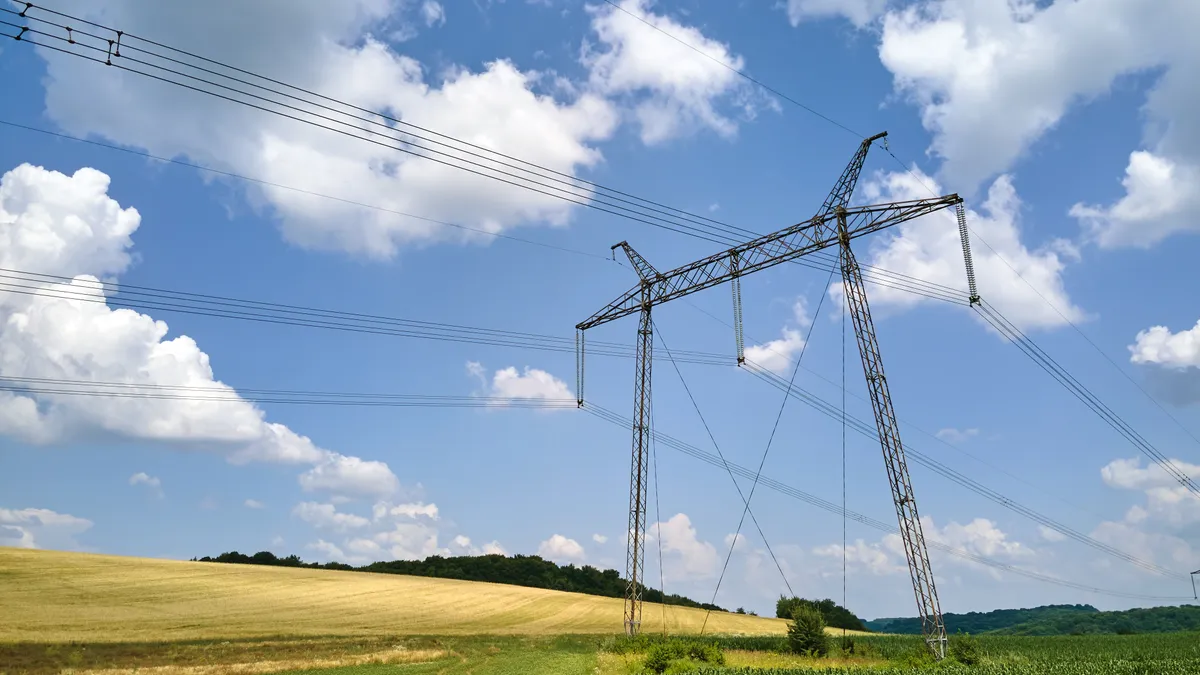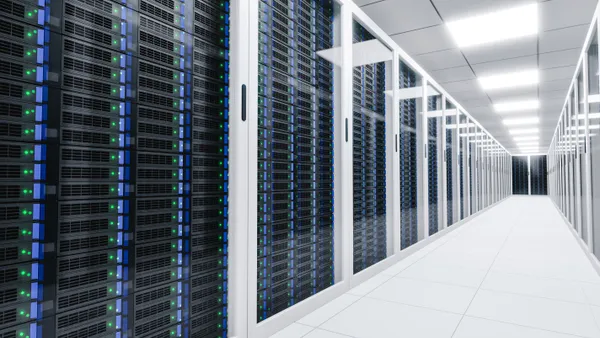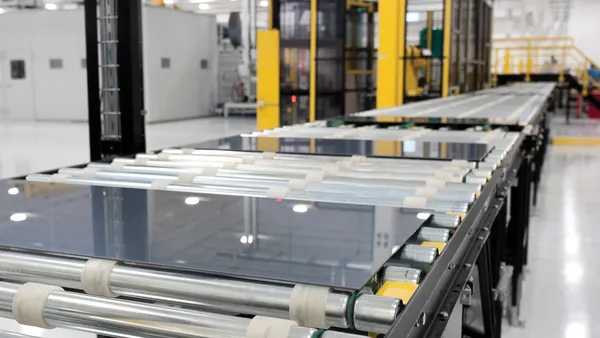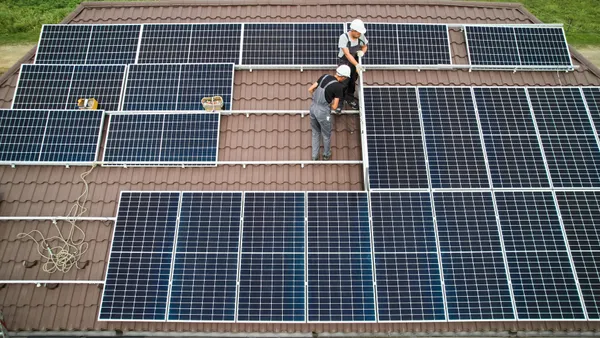Dive Brief:
- The Vermont Public Service Department has released the state's 2015 Comprehensive Energy Plan for public review, and has scheduled five meetings in October to take comment.
- The plan reaffirms Vermont’s goal of meeting 90% of the state’s energy needs through renewable sources by 2050, directs utilities to develop microgrids and calls for reducing total energy consumption per capita by 15% by 2025.
- Vermont regulators say the plan emphasizes efficiency and conservation, including efficiencies gained by using new electric technologies such as heat pumps electric vehicles.
Dive Insight:
Vermont unveiled its updated, comprehensive energy plan, which reaffirms its goal for 90% renewables to meet its energy needs by 2050.
A series of meetings has been scheduled around the state to take comment on the goals and approaches.
“We are particularly interested in hearing from the public about what we’ve gotten right, what we’ve gotten wrong, and what’s missing from the draft plan," said Asa Hopkins, director of energy policy and planning at the Vermont Public Service Department, in a statement. "The department and our sister agencies will be continuing to refine the plan, and public input will definitely improve the final product.”
The plan reaffirms Gov. Pete Shumlin's (D) goal set in 2011 to meet 90% of the state's electricity needs with renewables by 2050, combined with a statutory goal of 25% renewables by 2025. It also aims to reduce total energy consumption per capita by 15% by 2025, and by more than one third by 2050.
On the road to 90% renewables, the plan sets interim goals of 25% by 2025 and 40% by 2035. And by 2025, the state wants to see at least 10% of transportation powered by clean energy, 30% of building energy demands met with it, and 67% renewable electric power.
“The 2011 Comprehensive Energy Plan drove concrete actions to meet Vermont’s energy goals and advance our economy, environment, and public health,” said Commissioner of Public Service Christopher Recchia. “The updated plan builds on that success and shows paths forward to continue that progress. We welcome public review, and will incorporate comments in the final plan to be released toward the end of the year.”
The plan also calls for DPS and utilities to monitor progress in microgrid technology, and said "utilities should facilitate development of microgrids, particularly those which support critical infrastructure."















